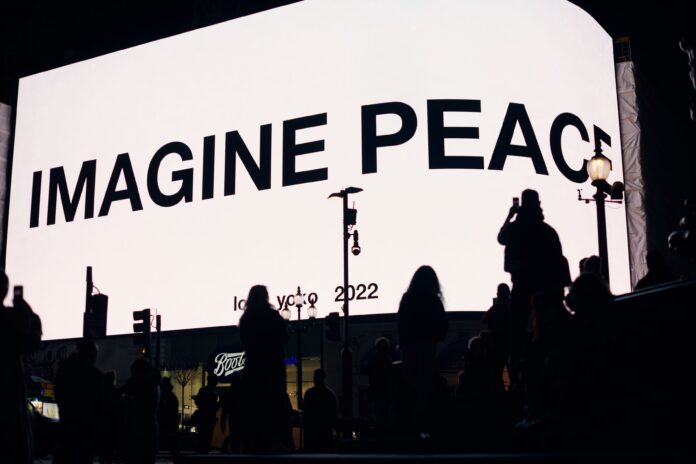Author: Joshua Craze
Affiliation: Independent Author and Academic
Organization/Publisher: The Baffler
Date/Place: November 11, 2021/New York, US
Type of Literature: Analysis
Word Count: 3100
Link: https://thebaffler.com/latest/give-peace-a-chance-craze
Keywords: NGOs, Peace building, conflict, Afghanistan, Human Rights Organizations, Democratic Republic of Congo
Brief:
“Absurdity is the standard operating procedure for Peace Inc.” This is a scathing criticism of “Peace Inc.” – a term coined by French political scientist Séverine Autesserre to describe the role of NGOs for conflict resolution and peace building which the author calls a “booming global business.” According to the author, “Peace Inc.” has flourished since the end of the Cold War. She was motivated to write this article upon the death of foreign illegal occupation of Afghanistan – a war-torn country which had turned into a den of foreign NGOs and organizations for “peace building.” The author claims that donors “spent just over $50 billion on activities that ranged from organizing Afghanistan’s finances to arranging conflict-prevention seminars” between 2002 to 2013. In an attempt to look for an answer to “why peace interventions regularly fail to reach their full potential?”, the author quotes Autesserre, who herself has been part of this Peace Inc. “We required more financial, logistical, and human resources.” She also points to former bureaucrats and diplomats taking up positions for peace building, but much is lost in reporting that follows the traditional format that misrepresents the ground realities. The United Nations is not an exception here. Failure of peace building in a nation like Democratic Republic of Congo, the author notes, lies in the fact that “international peace builders” ignore the ground realities. “If there is conflict, the peacebuilders claim, it must be the result of an insufficient state,” the author writes. The author also wonders how think tanks and the peace builders ignore the bombing and destruction of these nations where they claim to be making attempts for peace. For example, Washington-supplied warplanes dropped 7,423 bombs on Afghanistan in 2019 while the United States Institute of Peace— a premier US-government-funded think tank which works for peace building—was debating that “it was time to build peace from the bottom up” in Afghanistan. “The anti-politics of peace-building is part and parcel of a liberalism that tries to neutralize actual struggles. Rather than seeing violence as part of some overarching goal—an end to colonial rule, say, or a revolution—contemporary peacebuilding sees violence itself as the problem,” the author explains.
By: Riyaz ul Khaliq, CIGA Non-Resident Research Associate




